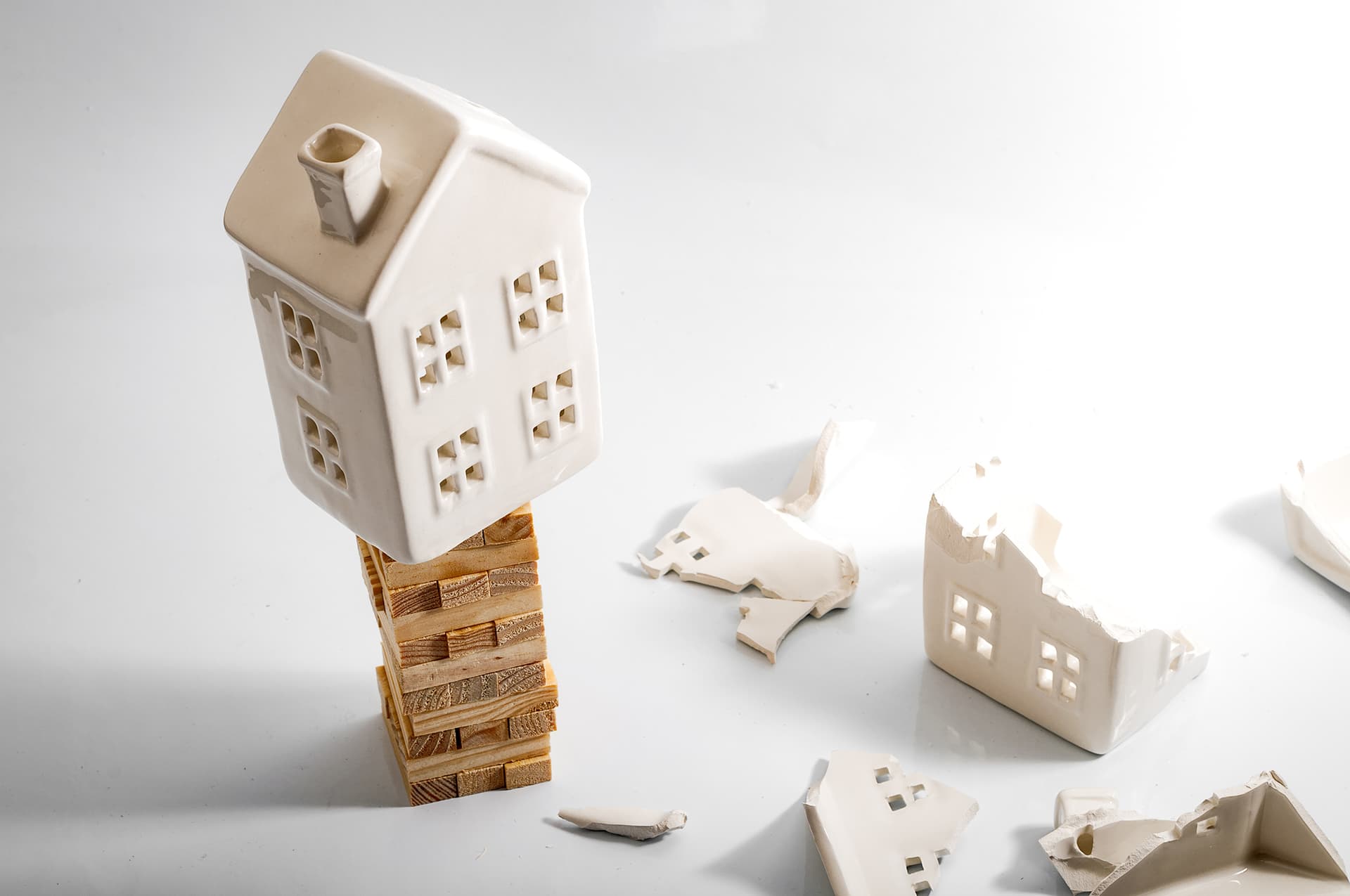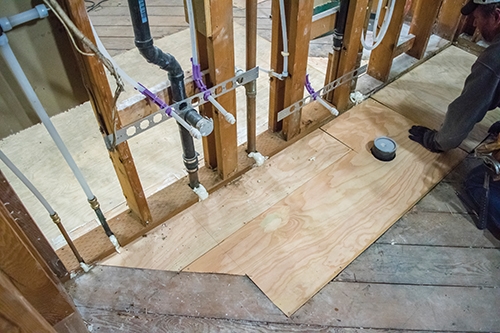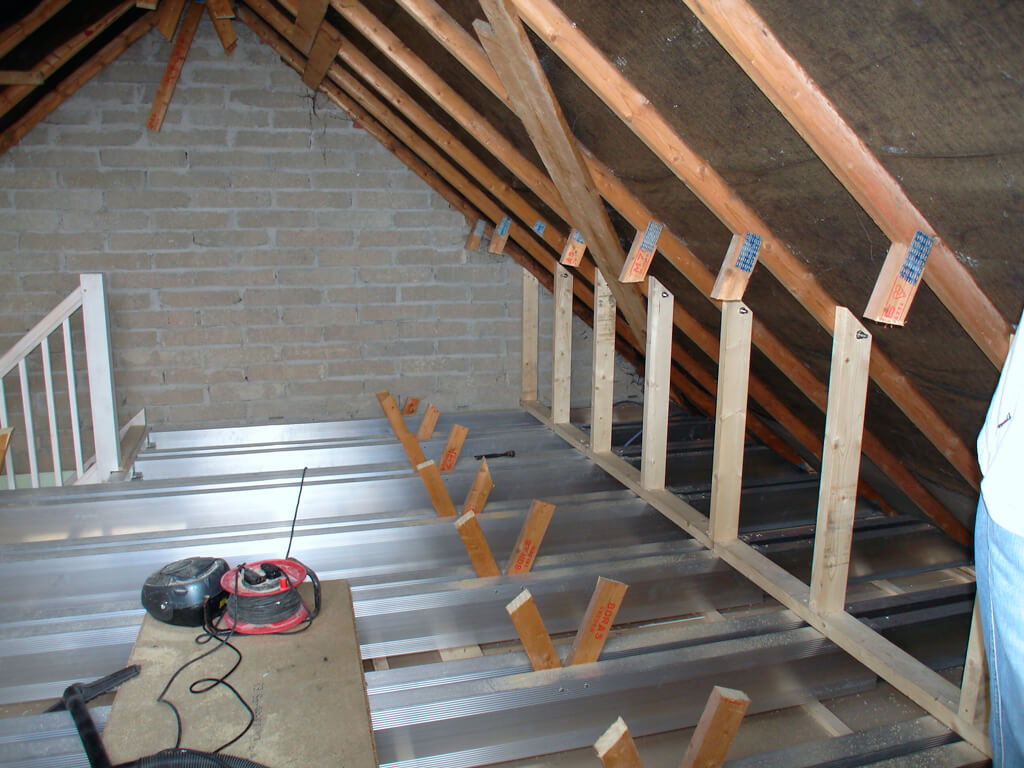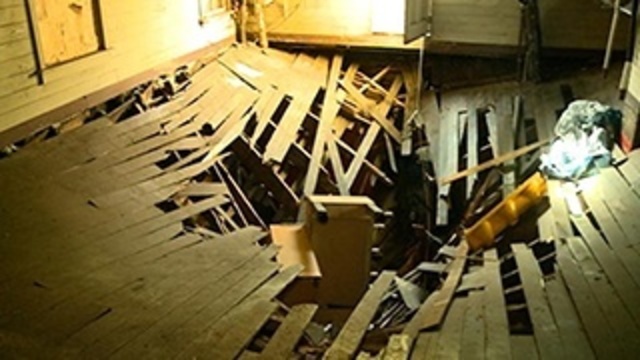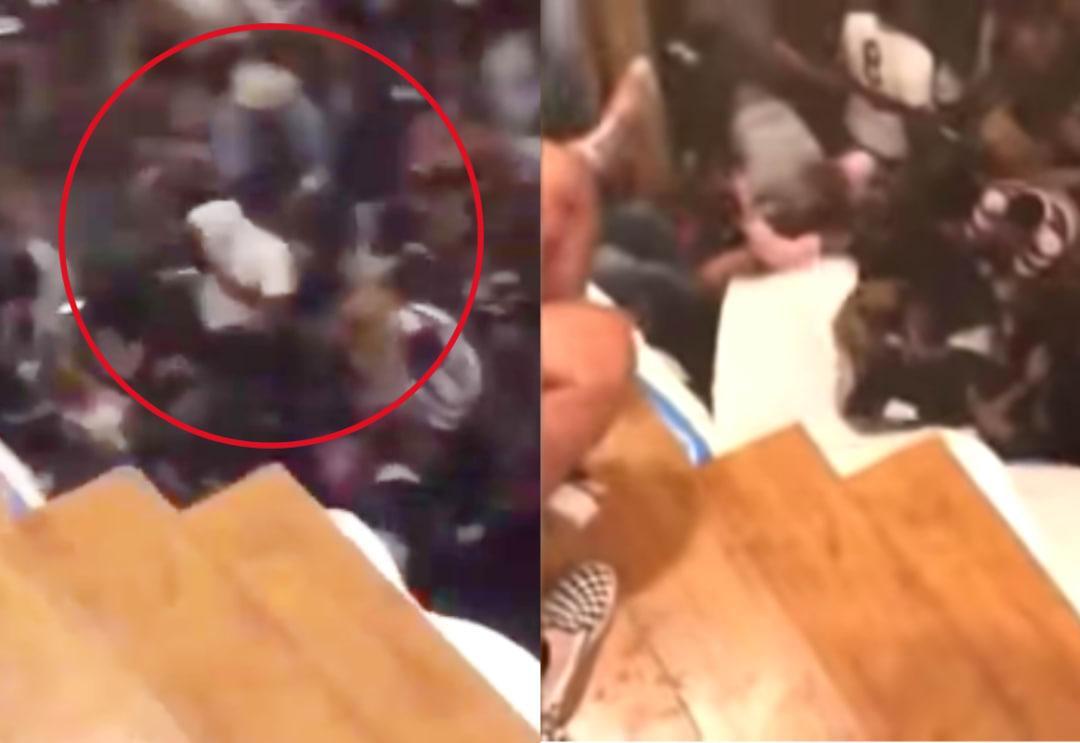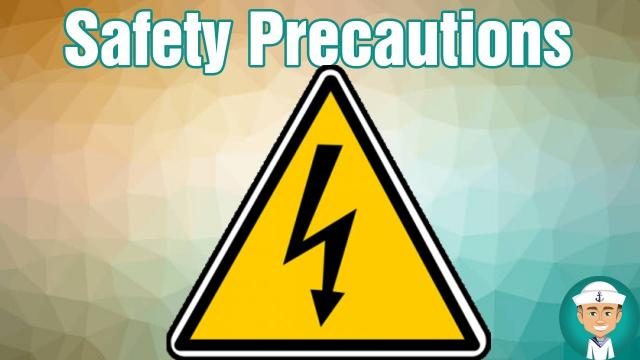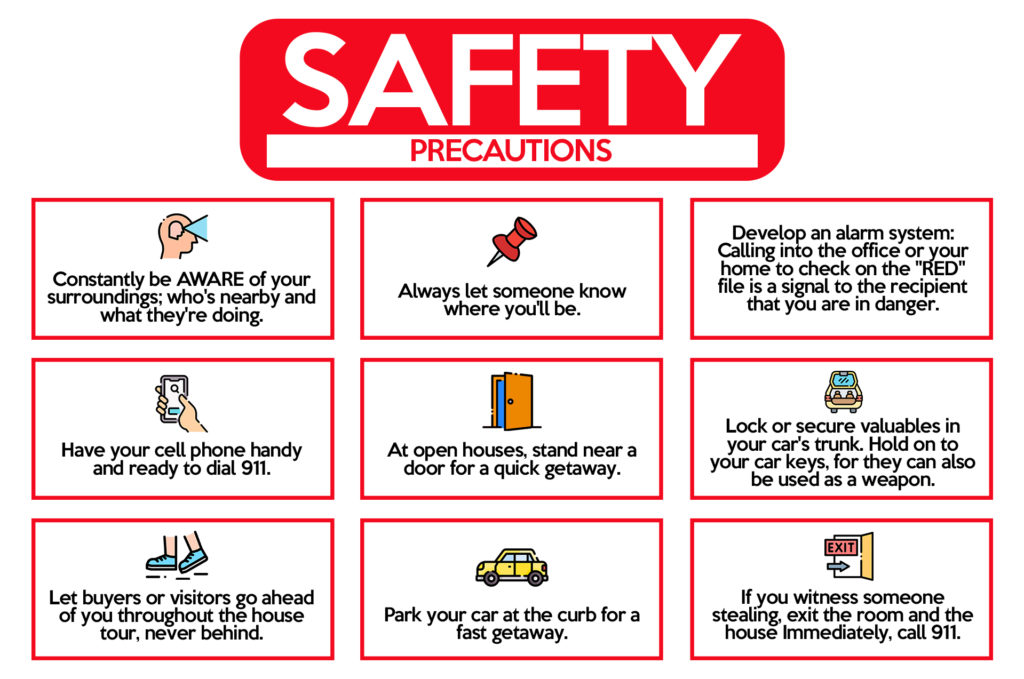A living room is the heart of any home, where families come together to relax, entertain, and make memories. But what happens when the floor beneath you suddenly gives way? Living room floor collapses can be a frightening and dangerous experience, causing damage to your home and potentially putting your loved ones at risk. In this article, we will explore the causes and signs of living room floor collapses, as well as provide tips on how to prevent them from happening in the first place. Living Room Floor Collapse: Causes, Signs, and How to Prevent It
A living room floor collapse can happen suddenly and without warning, leaving you in a state of shock and confusion. The first thing to do is to stay calm and assess the situation. If anyone is injured, call for medical help immediately. Next, evacuate the area and make sure everyone is safely out of the room. Avoid walking on the collapsed area and do not attempt to fix it yourself. It is important to seek professional help for repairs to ensure the safety of your home and family. What to Do When Your Living Room Floor Collapses
Depending on the severity of the collapse, repairing a living room floor can be a complex and time-consuming process. It is important to hire a professional contractor to assess the damage and determine the best course of action. The first step is to remove any debris and secure the area to prevent further damage. The contractor will then repair or replace any damaged support beams and joists. Finally, the floor will be rebuilt and reinforced to ensure its structural integrity. Repairing a Collapsed Living Room Floor: A Step-by-Step Guide
The structural integrity of your living room floor is crucial for the safety of your home. Most modern homes are built with a concrete slab foundation, but older homes may have a crawl space or basement. These types of foundations can be susceptible to damage from moisture, termites, and other factors. It is important to regularly check for any signs of damage, such as cracks, sagging, or uneven floors, and address them promptly to avoid a potential collapse. Understanding the Structural Integrity of Your Living Room Floor
In most cases, a living room floor collapse is not a sudden event but rather a result of years of neglect or hidden damage. There are several warning signs that you can look out for to prevent a potential collapse. These include sagging or uneven flooring, cracks in the walls or ceiling, and doors and windows that do not close properly. If you notice any of these signs, it is important to have a professional inspect your living room floor for any underlying issues. Common Warning Signs of a Collapsing Living Room Floor
Prevention is always better than cure when it comes to living room floor collapses. The best way to avoid a collapse is to reinforce your floor before any damage occurs. This can include adding additional support beams and joists, installing steel or wooden braces, and regularly checking for any signs of damage. It is also important to avoid overloading your living room floor with heavy furniture or excessive weight. How to Reinforce Your Living Room Floor to Prevent Collapse
Like any other part of your home, your living room floor requires regular maintenance to ensure its safety and longevity. This includes regular inspections for any signs of damage, keeping the area clean and free of excess moisture, and addressing any issues promptly. Additionally, it is important to avoid making any structural changes to your living room without consulting a professional, as this can compromise the integrity of your floor. The Importance of Regular Maintenance for Your Living Room Floor
When it comes to repairing a collapsed living room floor, it is crucial to hire a professional contractor with experience in structural repairs. They have the knowledge, skills, and equipment to properly assess the damage and provide the necessary repairs to ensure the safety of your home. It is important to do your research and choose a reputable contractor with good reviews and proper licensing and insurance. Hiring a Professional Contractor for Living Room Floor Repairs
Depending on your insurance policy, a living room floor collapse may be covered under your homeowner's insurance. It is important to review your policy and understand what is covered and what is not. Some policies may have exclusions or limitations for structural damage, so it is best to consult with your insurance provider to determine your coverage. Insurance Coverage for Living Room Floor Collapses
If you experience a living room floor collapse, the safety of yourself and your loved ones should be your top priority. As mentioned before, evacuate the area immediately and seek professional help for repairs. If you suspect any gas leaks or electrical issues, turn off the main power and gas supply to your home. It is also important to document the damage and contact your insurance provider for further assistance. In conclusion, living room floor collapses can be a scary and potentially dangerous experience. It is important to understand the causes and warning signs of a collapse and take preventative measures to avoid it from happening. Regular maintenance and hiring a professional for repairs are crucial for the safety and longevity of your home. Remember, safety first in any emergency situation. Safety Precautions to Take When Your Living Room Floor Collapses
The Importance of Proper Flooring in Home Design

Investing in Quality Materials
 When designing a home, one of the most important aspects to consider is the flooring. Not only does flooring play a major role in the overall aesthetic of a home, but it also serves as a functional and structural element. Unfortunately, in the case of the recent incident where a living room floor collapsed, it is clear that the importance of proper flooring was not given enough attention.
When designing a home, one of the most important aspects to consider is the flooring. Not only does flooring play a major role in the overall aesthetic of a home, but it also serves as a functional and structural element. Unfortunately, in the case of the recent incident where a living room floor collapsed, it is clear that the importance of proper flooring was not given enough attention.
Choosing the right flooring materials is crucial in ensuring the safety and longevity of a home. While it may be tempting to opt for cheaper materials, it is important to keep in mind that cutting corners in this area can result in disastrous consequences . In the case of the collapsed living room floor, it is likely that low-quality or improper materials were used, leading to the structural failure.
The Role of Flooring in Home Design
 Aside from providing a solid foundation for a home, flooring also plays a major role in the overall design and ambiance of a space. Different types of flooring can create different moods and add character to a room. For example,
hardwood floors can add warmth and elegance
to a living room, while
tile floors can create a sleek and modern look
. It is important for homeowners to carefully consider their design preferences and choose flooring materials that not only fit their style but also meet safety and structural standards.
Aside from providing a solid foundation for a home, flooring also plays a major role in the overall design and ambiance of a space. Different types of flooring can create different moods and add character to a room. For example,
hardwood floors can add warmth and elegance
to a living room, while
tile floors can create a sleek and modern look
. It is important for homeowners to carefully consider their design preferences and choose flooring materials that not only fit their style but also meet safety and structural standards.
Proper Installation and Maintenance
 In addition to selecting quality materials,
proper installation and maintenance
are key factors in ensuring the durability and safety of flooring. It is important to hire experienced professionals to install flooring, as improper installation can lead to weakened structural integrity. Regular maintenance is also crucial in identifying and addressing any potential issues that may arise. Homeowners should regularly inspect their floors for any signs of wear and tear, and address any necessary repairs.
In addition to selecting quality materials,
proper installation and maintenance
are key factors in ensuring the durability and safety of flooring. It is important to hire experienced professionals to install flooring, as improper installation can lead to weakened structural integrity. Regular maintenance is also crucial in identifying and addressing any potential issues that may arise. Homeowners should regularly inspect their floors for any signs of wear and tear, and address any necessary repairs.
In conclusion, the incident of a living room floor collapsing serves as a stark reminder of the importance of proper flooring in home design. By investing in quality materials, considering design and ambiance, and ensuring proper installation and maintenance, homeowners can create a safe and beautiful living space for themselves and their families. Don't underestimate the role of flooring in your home - it is an integral part of the structure and design, and should not be taken lightly.








